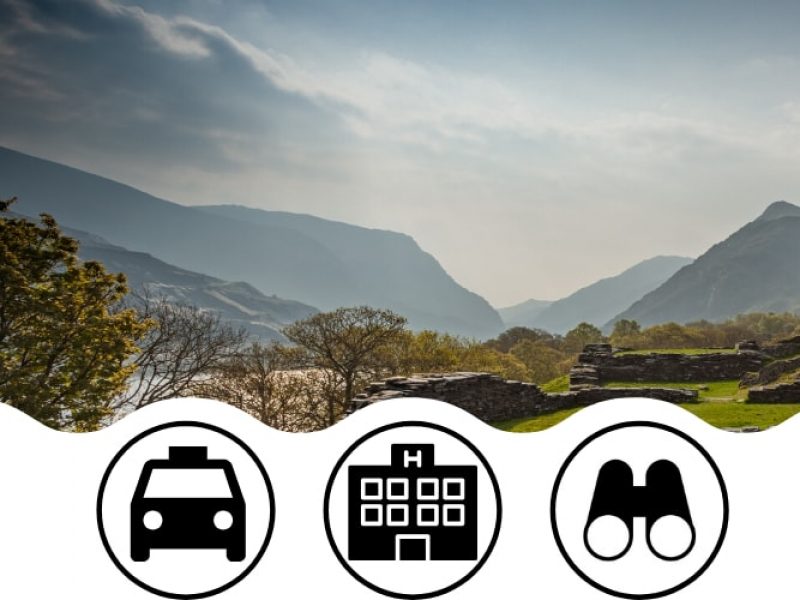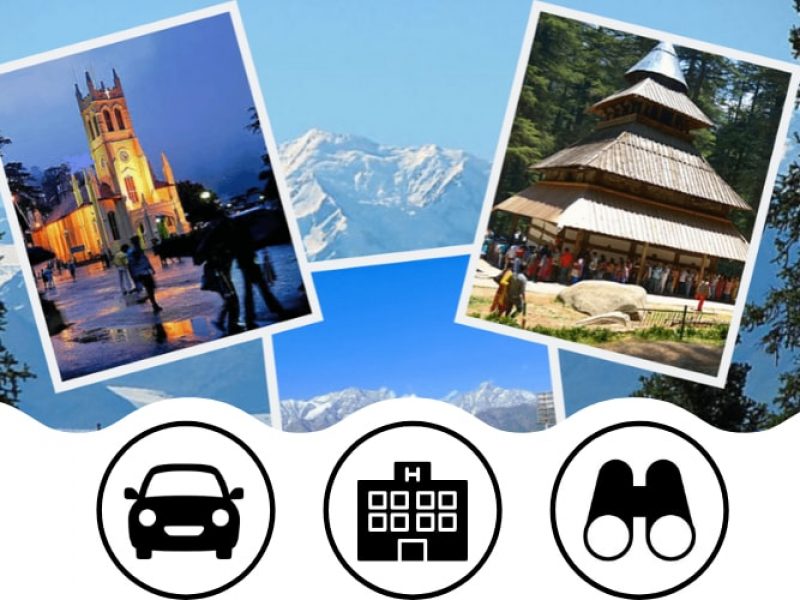Exploring Delhi with Ho Ho Bus
Introduction: Delhi, the vibrant capital city of India, is a treasure trove of history, culture, and modernity. While there are numerous ways to explore this sprawling metropolis, one of the most convenient and enjoyable options is the Ho Ho Bus.
Benefits of Using Ho Ho Bus for Sightseeing: The Ho Ho Bus, short for Hop On Hop Off Bus, offers unparalleled convenience and flexibility to travelers. With designated stops at all major tourist attractions, passengers can hop on and off the bus at their leisure, allowing them to explore each site at their own pace.
Routes and Stops Covered: The Ho Ho Bus covers a comprehensive network of routes, ensuring that passengers have access to all the must-visit attractions in Delhi. From historical landmarks like the Red Fort and Qutub Minar to cultural hubs like India Gate and Humayun’s Tomb, the bus takes you on a journey through Delhi’s rich heritage.
Ticket Prices and Packages: Ho Ho Bus offers a variety of ticket options to suit every budget and itinerary. Whether you’re a solo traveler or exploring with family and friends, there’s a ticket package for you. From single-day passes to multi-day packages, you can choose the option that best fits your schedule.
How to Book Ho Ho Bus Tickets: Booking tickets for the Ho Ho Bus is a breeze. You can either purchase them online through the official website or directly at the bus terminals. Online booking not only saves you time but also allows you to avail of exclusive discounts and offers.
Tips for Making the Most of Your Ho Ho Bus Experience: To make the most of your Ho Ho Bus experience, consider these tips:
- Start your day early to avoid crowds.
- Plan your itinerary in advance to maximize your time.
- Bring along a refillable water bottle and snacks for the journey.
- Don’t forget your camera to capture memorable moments along the way.
Safety Measures on Ho Ho Buses: In light of the ongoing pandemic, Ho Ho Buses have implemented stringent safety measures to ensure the well-being of passengers. These include regular sanitization of buses, mandatory mask-wearing, and limited seating capacity to allow for social distancing.
Customer Reviews and Testimonials: Don’t just take our word for it! Countless satisfied customers have raved about their Ho Ho Bus experience. From the convenience of travel to the quality of service, the feedback speaks volumes about the excellence of this sightseeing option.
Comparison with Other Sightseeing Options: While there are other sightseeing options available in Delhi, none offer the same level of convenience and flexibility as the Ho Ho Bus. Unlike guided tours or self-driven excursions, the Ho Ho Bus strikes the perfect balance between structure and freedom, allowing you to explore at your own pace.
Ho Ho Bus for Special Occasions: Looking to celebrate a special occasion in style? Consider booking a Ho Ho Bus for your next birthday party, anniversary celebration, or corporate event. With customizable packages and dedicated customer support, you can turn any occasion into an unforgettable experience.
Future Prospects and Expansion Plans: As Delhi continues to evolve and grow, so does the Ho Ho Bus. With plans for expansion and the introduction of new routes and attractions, the future looks bright for this iconic sightseeing service. Stay tuned for exciting updates and developments!
Ho ho bus provides Delhi Siteseeing tour by volvo bus in which you can use the hop and hop service which means you can choose to drop at any destination from the listed places which the bus coveres in delhi and can sit in the bus during the tour. The bus service is available whole day and after you visit any siteseeing place after that you can proceed for the next tourist spot in the bus which is sheduled after every half hour to the pickup point.




Leave a review